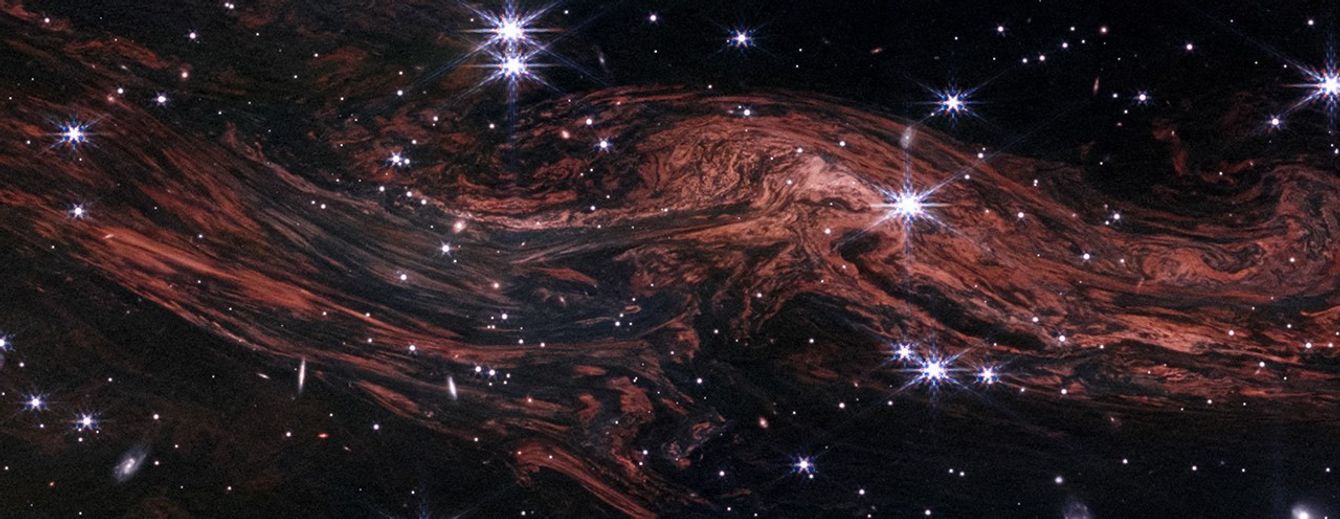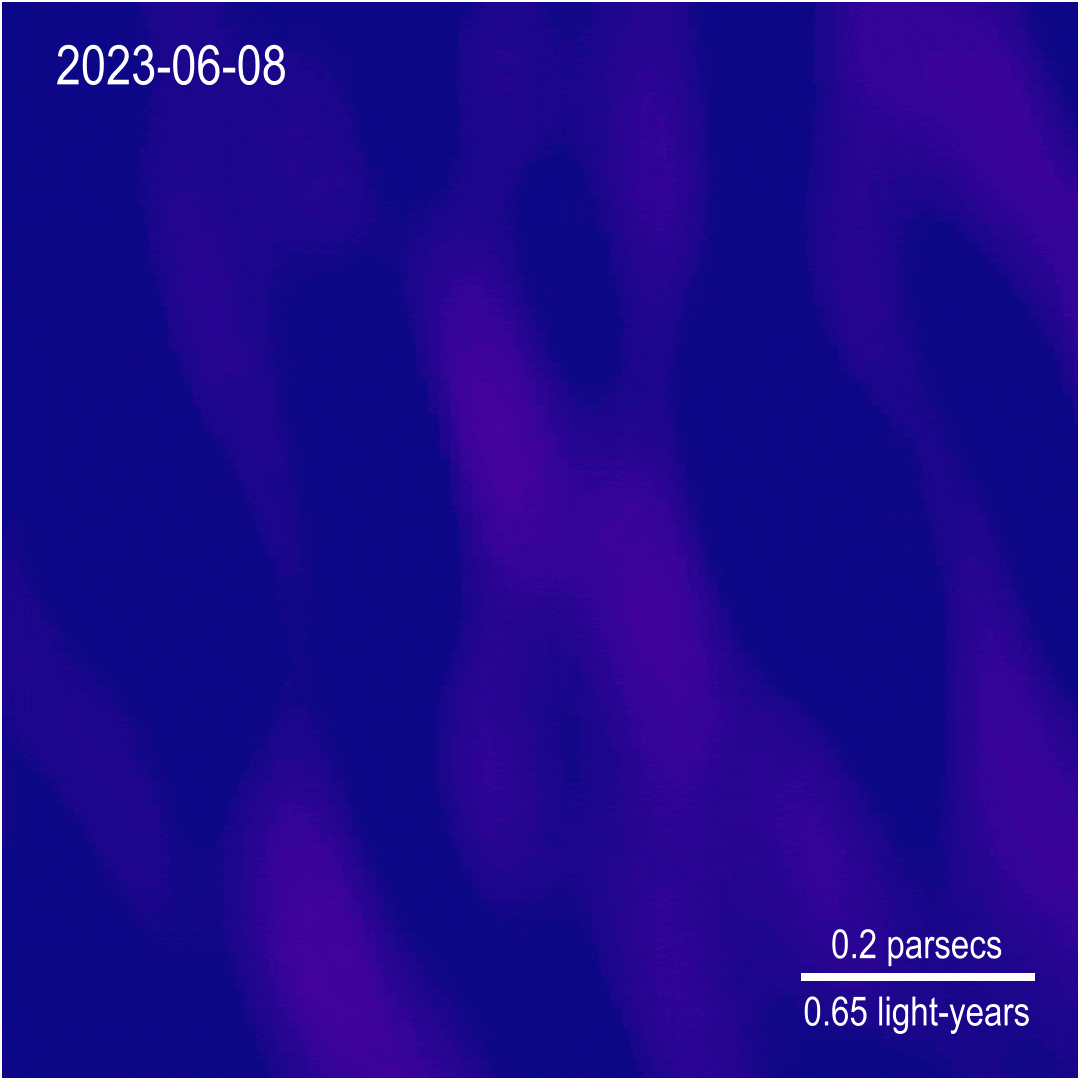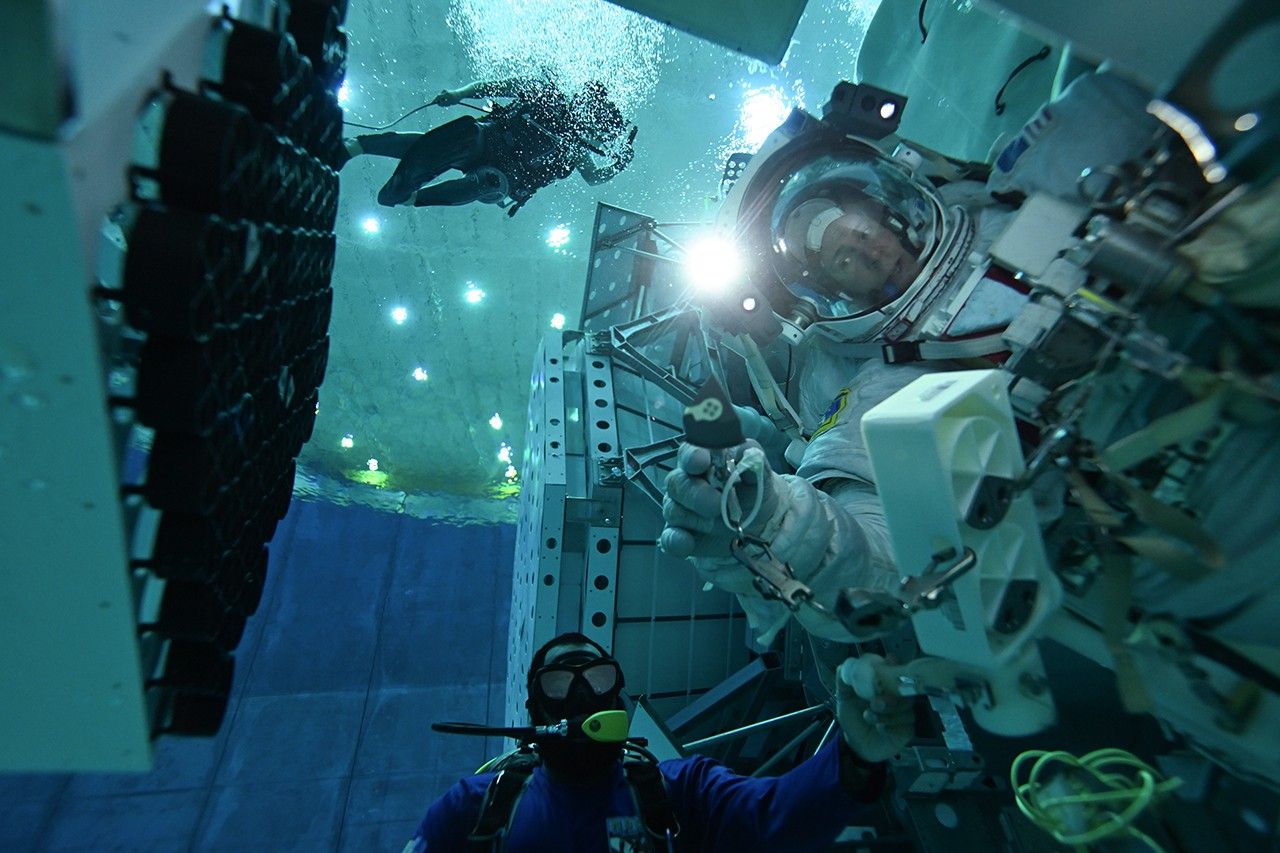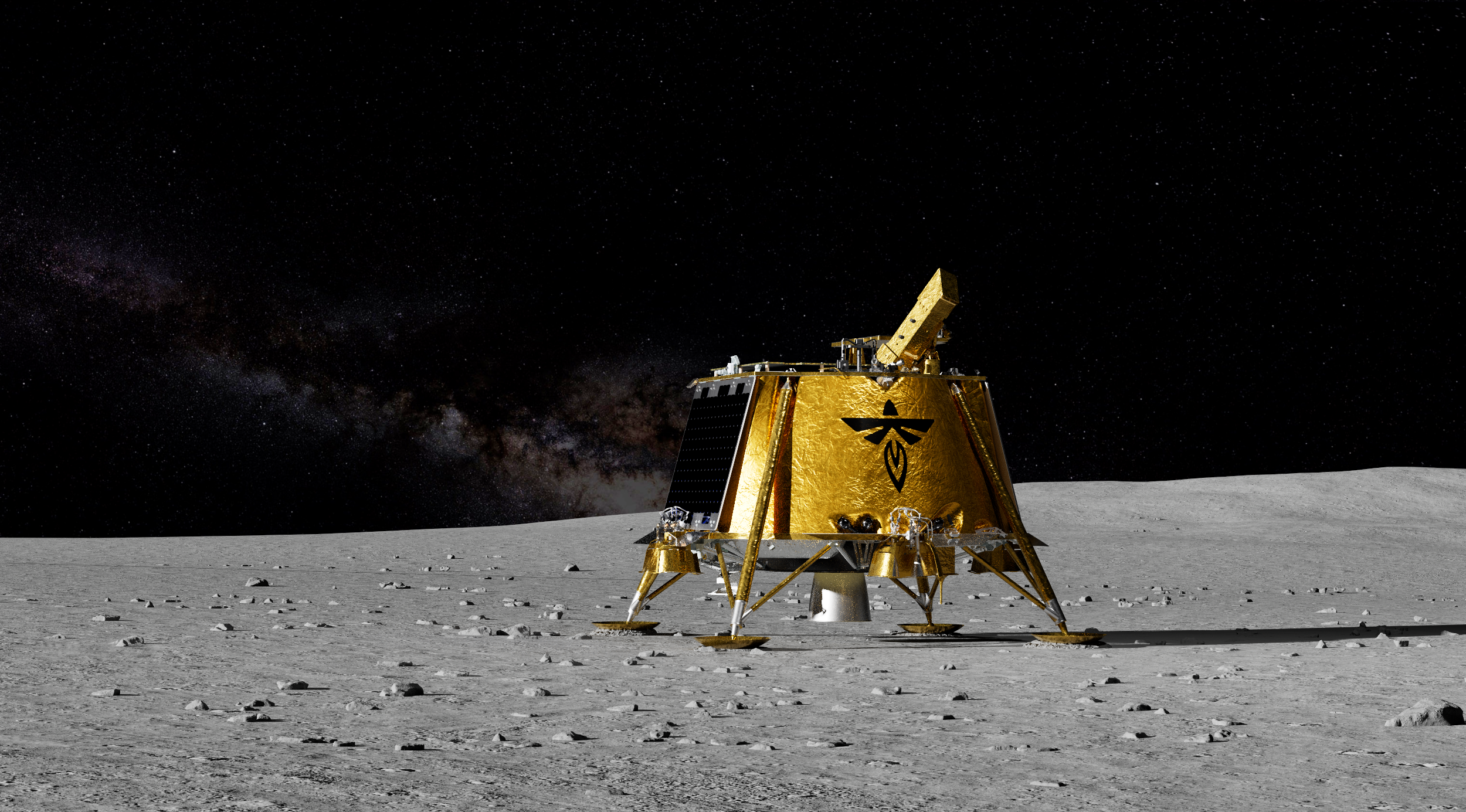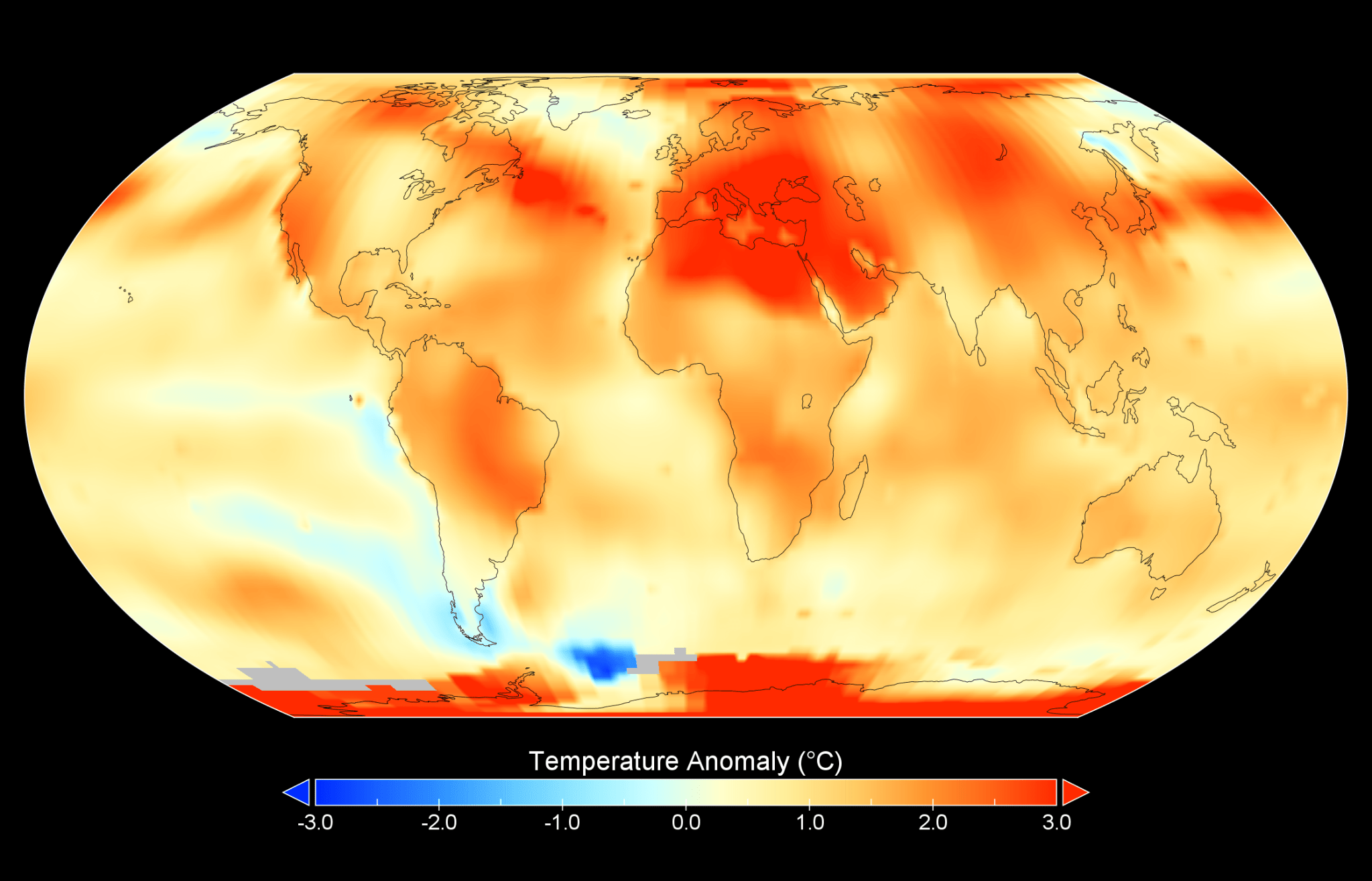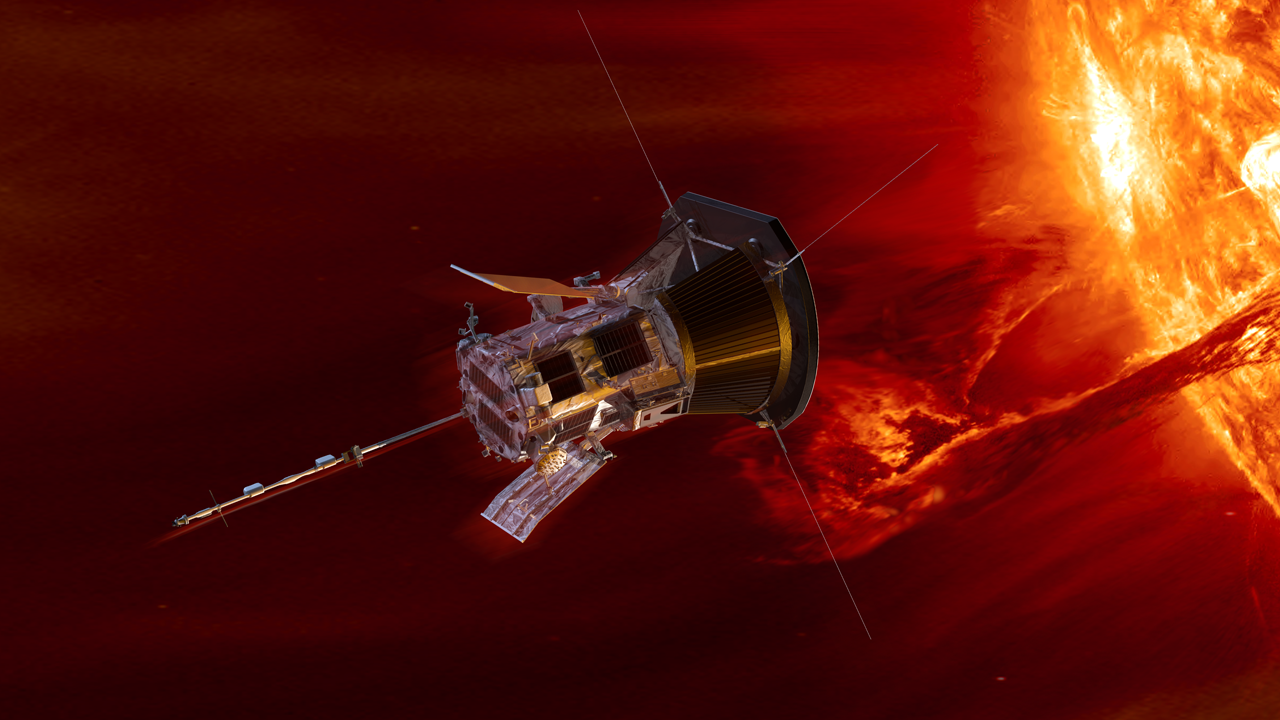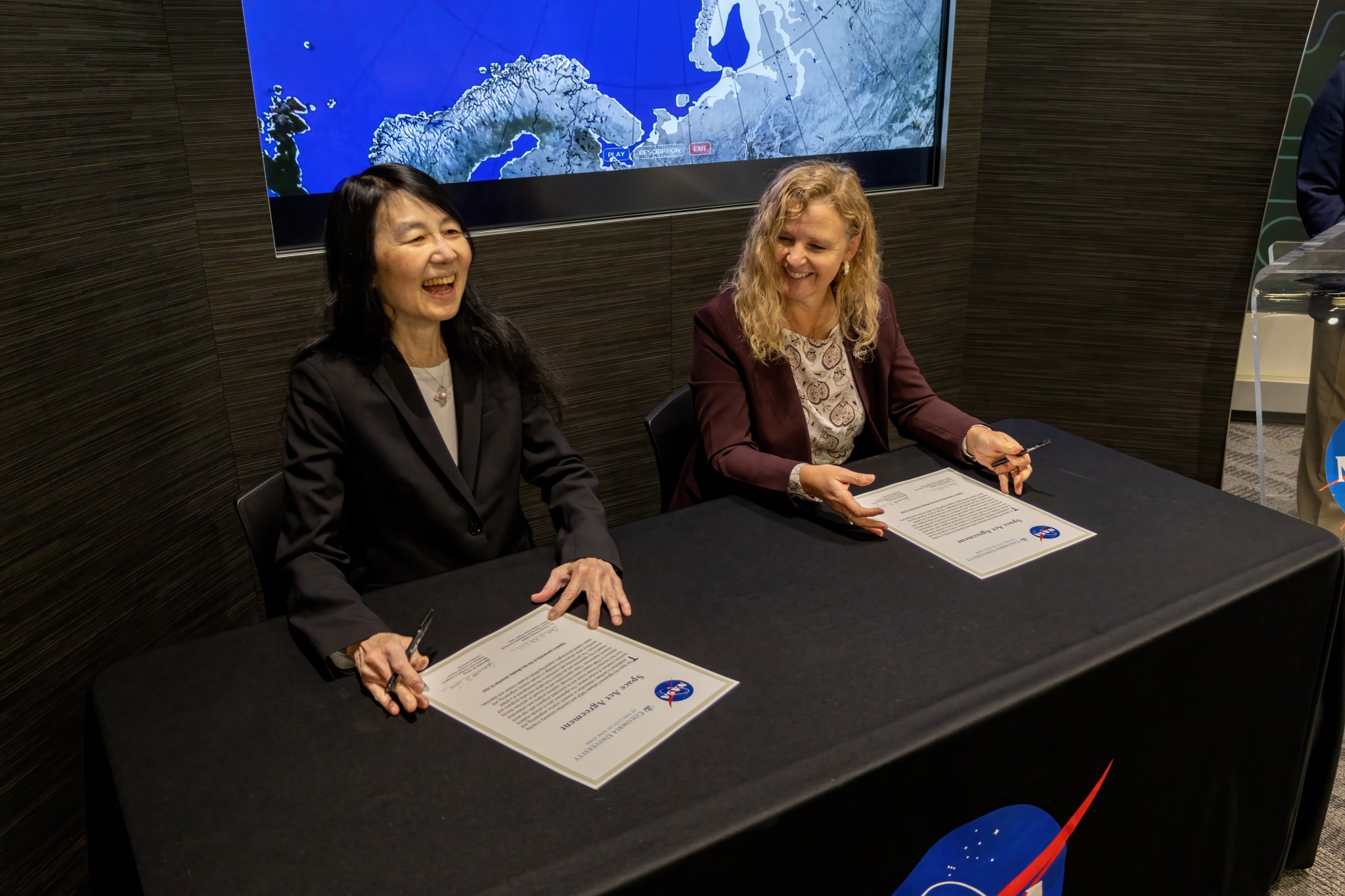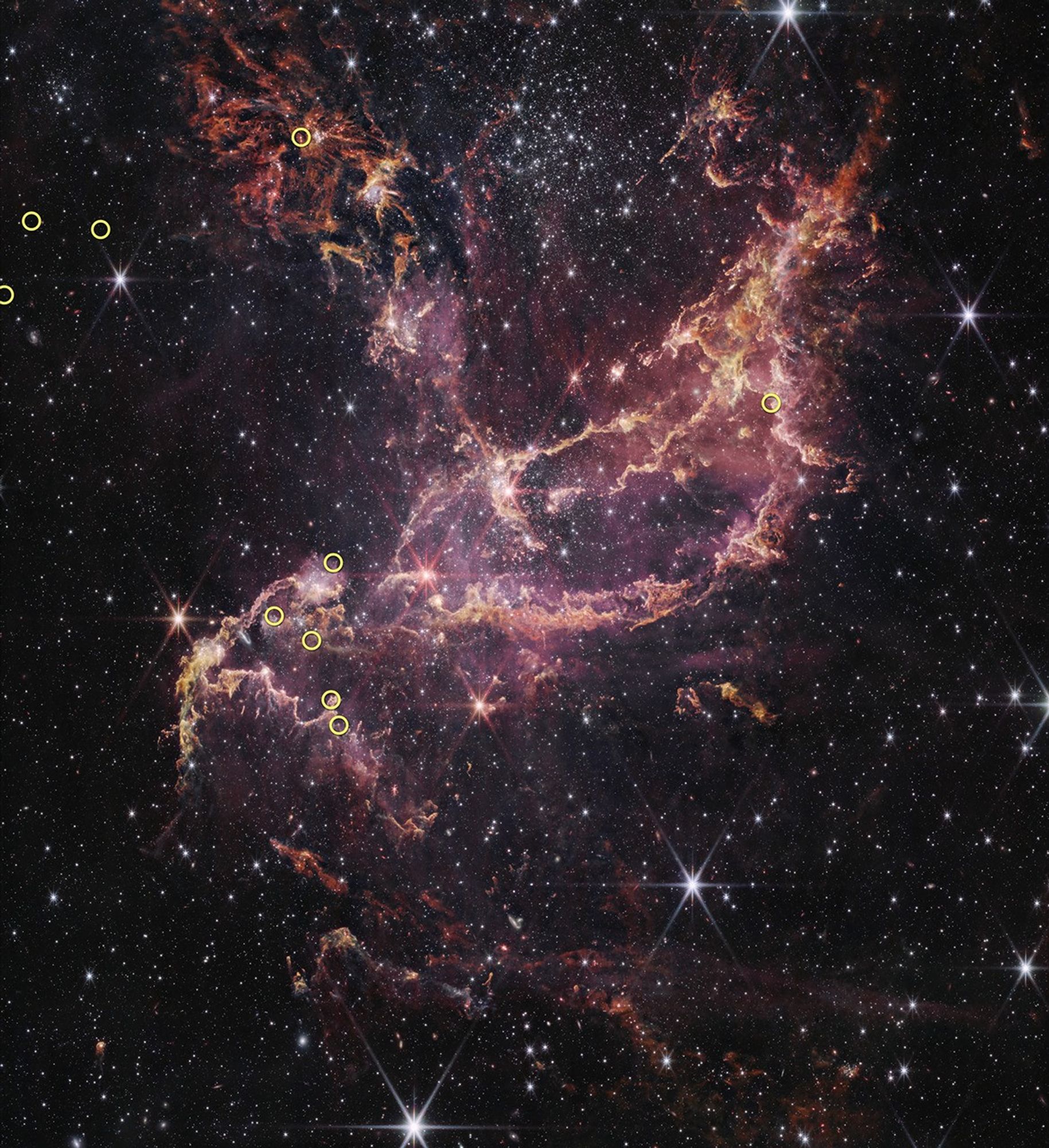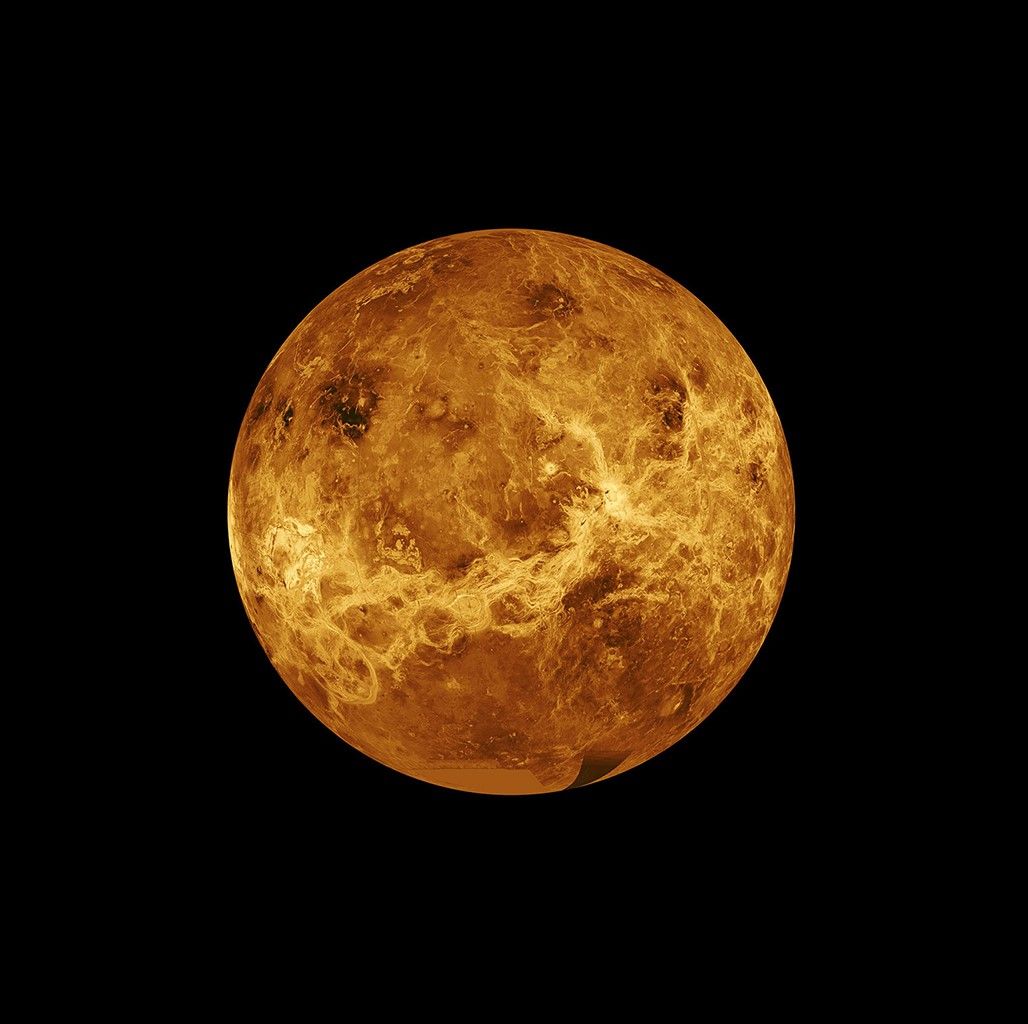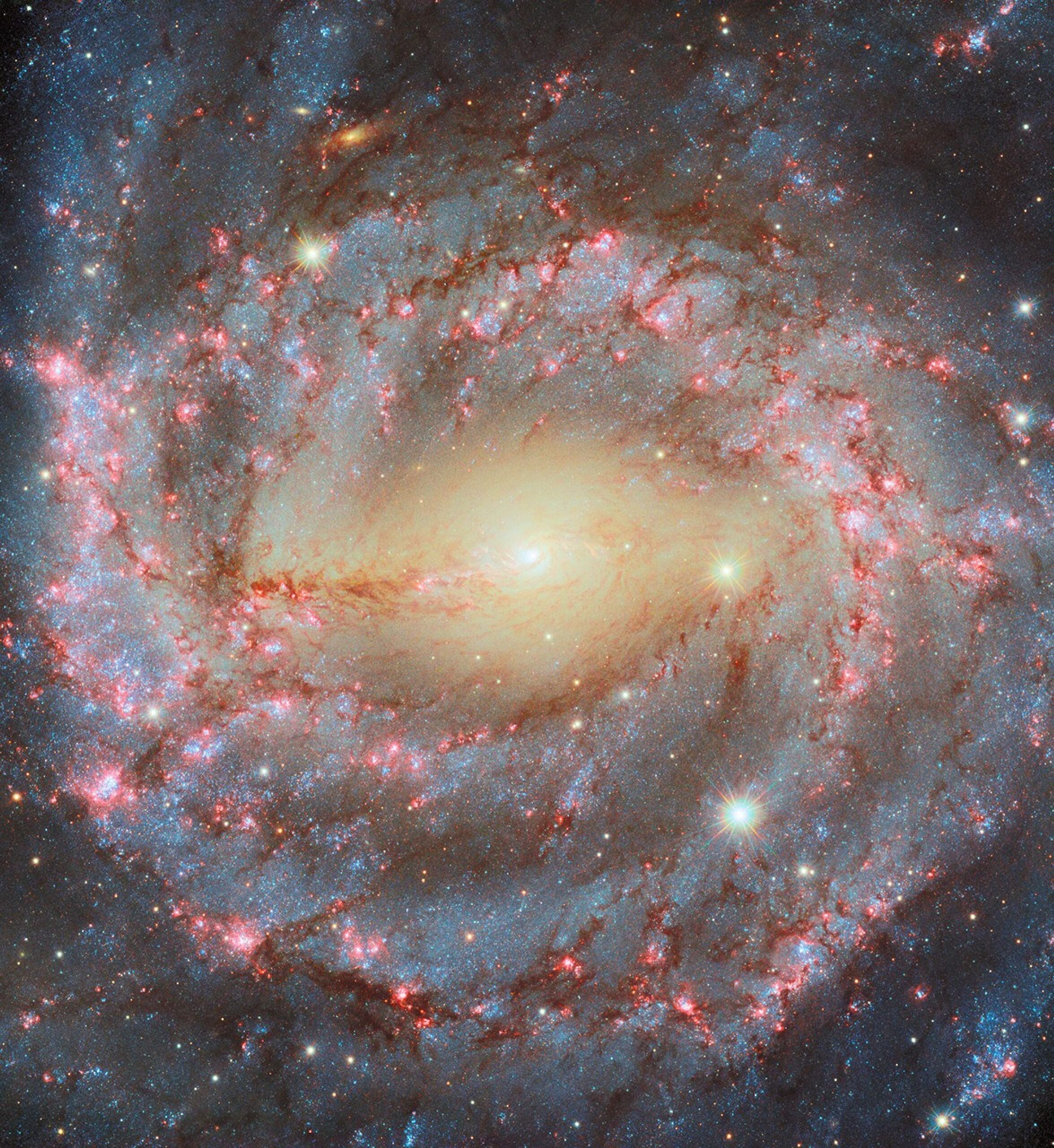Webb Webb News Latest News Latest Images Blog (offsite) Awards X (offsite – login reqd) Instagram (offsite – login reqd) Facebook (offsite- login reqd) Youtube (offsite) Overview About Who is James Webb? Fact Sheet Impacts+Benefits FAQ Science Overview and Goals Early Universe Galaxies Over Time Star Lifecycle Other Worlds Observatory Overview Launch Orbit Mirrors Sunshield Instrument: NIRCam Instrument: MIRI Instrument: NIRSpec Instrument: FGS/NIRISS Optical Telescope Element Backplane Spacecraft Bus Instrument Module Multimedia About Webb Images Images Videos What is Webb Observing? 3d Webb in 3d Solar System Podcasts Webb Image…
Read MoreTag: Goddard Space Flight Center
Astronomers Catch Unprecedented Features at Brink of Active Black Hole
International teams of astronomers monitoring a supermassive black hole in the heart of a distant galaxy have detected features never seen before using data from NASA missions and other facilities. The features include the launch of a plasma jet moving at nearly one-third the speed of light and unusual, rapid X-ray fluctuations likely arising from near the very edge of the black hole. Radio images of 1ES 1927+654 reveal emerging structures that appear to be jets of plasma erupting from both sides of the galaxy’s central black hole following a…
Read MoreAstronaut Set to Patch NASA’s X-ray Telescope Aboard Space Station
4 min read Astronaut Set to Patch NASA’s X-ray Telescope Aboard Space Station NASA astronaut Nick Hague will install patches to the agency’s NICER (Neutron star Interior Composition Explorer) X-ray telescope on the International Space Station as part of a spacewalk scheduled for Jan. 16. Hague, along with astronaut Suni Williams, will also complete other tasks during the outing. NICER will be the first NASA observatory repaired on-orbit since the last servicing mission for the Hubble Space Telescope in 2009. Hague and other astronauts, including Don Pettit, who is also currently on the…
Read MoreNASA’s LEXI Will Provide X-Ray Vision of Earth’s Magnetosphere
5 min read NASA’s LEXI Will Provide X-Ray Vision of Earth’s Magnetosphere A NASA X-ray imager is heading to the Moon as part of NASA’s Artemis campaign, where it will capture the first global images of the magnetic field that shields Earth from solar radiation. The Lunar Environment Heliospheric X-ray Imager, or LEXI, instrument is one of 10 payloads aboard the next lunar delivery through NASA’s CLPS (Commercial Lunar Payload Services) initiative, set to launch from the agency’s Kennedy Space Center in Florida no earlier than mid-January, with Firefly Aerospace’s Blue Ghost…
Read MoreNASA, NOAA to Announce 2024 Global Temperatures, Climate Conditions
This map depicts global temperature anomalies for meteorological summer in 2024 (June, July, and August). It shows how much warmer or cooler different regions of Earth were compared to the baseline average from 1951 to 1980. (Credit: NASA/NOAA) Climate researchers from NASA and NOAA (National Oceanic and Atmospheric Administration) will release their annual assessments of global temperatures and discuss the major climate trends of 2024 during a media briefing at 12 p.m. EST Friday, Jan. 10. NASA will share the briefing on the agency’s website at: https://www.nasa.gov/live. Participants will include:…
Read MoreNASA’s Parker Solar Probe Makes History With Closest Pass to Sun
5 Min Read NASA’s Parker Solar Probe Makes History With Closest Pass to Sun An artist’s concept showing Parker Solar Probe. Credits: NASA/APL Operations teams have confirmed NASA’s mission to “touch” the Sun survived its record-breaking closest approach to the solar surface on Dec. 24, 2024. Breaking its previous record by flying just 3.8 million miles above the surface of the Sun, NASA’s Parker Solar Probe hurtled through the solar atmosphere at a blazing 430,000 miles per hour — faster than any human-made object has ever moved. A beacon tone…
Read MoreNASA, Columbia U. Enact Collaborative Space Act Agreement
Dr. Jeannette Wing and Dr. Christa Peters-Lidard sign a collaborative Space Act Agreement at NASA’s Goddard Space Flight Center on Monday, Dec. 16, 2024. NASA/Travis Wohlrab NASA’s Goddard Space Flight Center in Greenbelt, Maryland, and Columbia University in New York, New York, enacted a collaborative Space Act Agreement to advance research and education opportunities during a signing ceremony Monday, Dec. 16, at Goddard. Presiding over the ceremony were Dr. Christa Peters-Lidard, director of Goddard’s Sciences and Exploration directorate, and Dr Jeannette Wing, executive vice president for research and professor of…
Read MoreNASA’s Webb Finds Planet-Forming Disks Lived Longer in Early Universe
Webb Webb News Latest News Latest Images Blog (offsite) Awards X (offsite – login reqd) Instagram (offsite – login reqd) Facebook (offsite- login reqd) Youtube (offsite) Overview About Who is James Webb? Fact Sheet Impacts+Benefits FAQ Science Overview and Goals Early Universe Galaxies Over Time Star Lifecycle Other Worlds Observatory Overview Launch Orbit Mirrors Sunshield Instrument: NIRCam Instrument: MIRI Instrument: NIRSpec Instrument: FGS/NIRISS Optical Telescope Element Backplane Spacecraft Bus Instrument Module Multimedia About Webb Images Images Videos What is Webb Observing? 3d Webb in 3d Solar System Podcasts Webb Image…
Read MoreNASA DAVINCI Mission’s Many ‘Firsts’ to Unlock Venus’ Hidden Secrets
5 Min Read NASA DAVINCI Mission’s Many ‘Firsts’ to Unlock Venus’ Hidden Secrets The surface of Venus is an inferno with temperatures hot enough to melt lead. This image is a composite of data from NASA’s Magellan spacecraft and Pioneer Venus Orbiter. Credits: NASA/JPL-Caltech NASA’s DAVINCI — Deep Atmosphere Venus Investigation of Noble gases, Chemistry, and Imaging — mission embodies the spirit of innovation and exploration that its namesake, Leonardo da Vinci, was famous for. Scheduled to launch in the early 2030s, DAVINCI will explore Venus with both a spacecraft…
Read MoreHubble Images a Grand Spiral
Hubble Space Telescope Hubble Home Overview About Hubble The History of Hubble Hubble Timeline Why Have a Telescope in Space? Hubble by the Numbers At the Museum FAQs Impact & Benefits Hubble’s Impact & Benefits Science Impacts Cultural Impact Technology Benefits Impact on Human Spaceflight Astro Community Impacts Science Hubble Science Science Themes Science Highlights Science Behind Discoveries Hubble’s Partners in Science Universe Uncovered Explore the Night Sky Observatory Hubble Observatory Hubble Design Mission Operations Missions to Hubble Hubble vs Webb Team Hubble Team Career Aspirations Hubble Astronauts News Hubble…
Read More